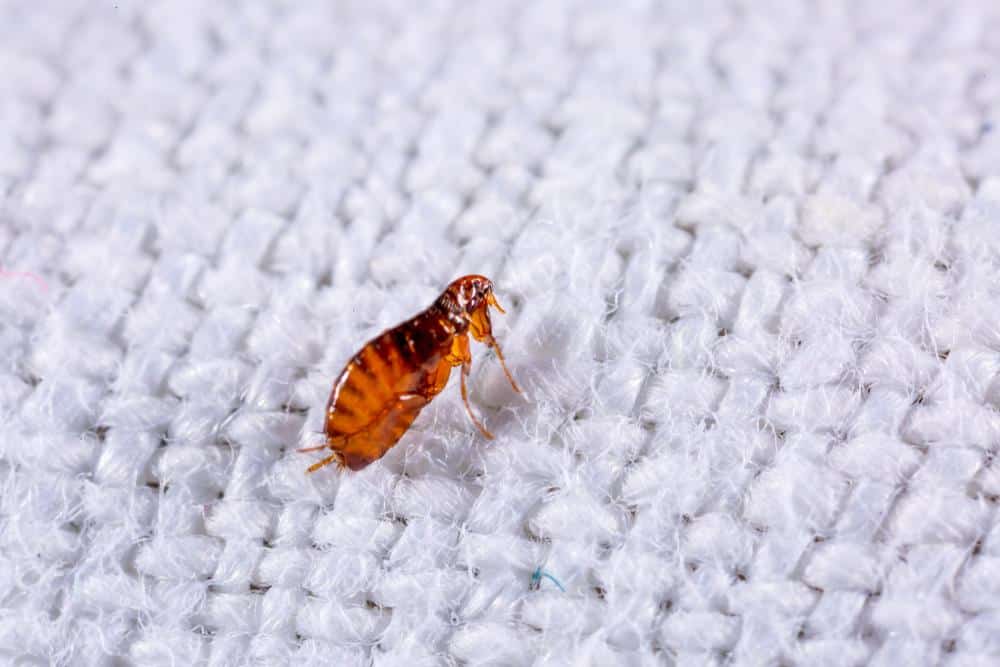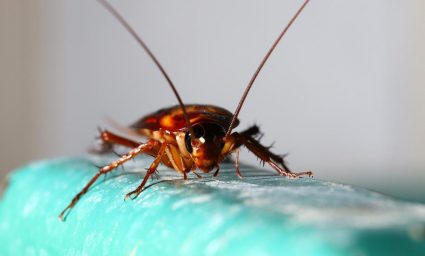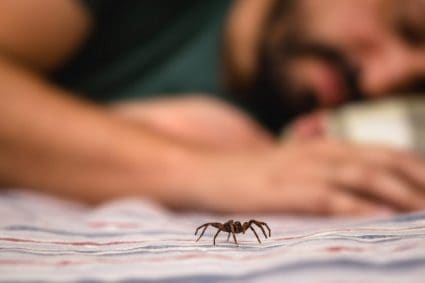
Fleas and ticks are more than just a nuisance. These tiny pests can pose serious health risks to both you and your pets if left untreated. From skin irritation to the transmission of dangerous diseases, the impact of these critters can be far-reaching. However, with the right strategies, you can effectively eliminate them from your home and prevent future infestations. This comprehensive guide will walk you through the process of getting rid of fleas and ticks, offering multiple solutions and options to suit different situations.
To get rid of fleas and ticks, start by cleaning your home and yard thoroughly, focusing on areas where these pests breed. Treat your pets with appropriate flea and tick control products, and consider using natural remedies or conventional methods to eliminate these pests. If you find a tick, remove it safely using tweezers. Lastly, prevent future infestations by maintaining cleanliness, regularly checking for ticks, and using preventive products on your pets.
Signs of Flea and Tick Infestations
Before you can tackle a flea or tick problem, you need to know what you’re dealing with. Here are some common signs of flea and tick infestations in pets and homes:
- Excessive scratching or licking: If your pet can’t seem to stop scratching or licking certain areas of their body, it’s a sign that fleas or ticks may be present.
- Bites on humans: Fleas often bite humans around the ankles and knees, leaving itchy red spots. While ticks don’t typically infest homes, finding one on your skin is a clear sign of an infestation in your yard or on your pet.
- Visible presence of pests: Adult fleas and ticks can often be seen crawling on your pet’s skin or in your home. Fleas are small, dark, and fast-moving, while ticks are larger and slower.
- Flea dirt or tick eggs: Flea feces, or “flea dirt,” looks like tiny black or brown specks and can be found on your pet or in their bedding. Tick eggs are tiny and pearl-like, often found in clusters.
How to Get Rid of Fleas and Ticks
Once you’ve identified a flea or tick problem, it’s time to take action. Here are the steps to eliminate these pests:
Clean Your Home and Yard
Start by thoroughly cleaning areas where fleas and ticks frequently breed. This includes washing bedding, rugs, and pet bedding, as well as vacuuming and sweeping floors, carpeted areas, and along the edges of walls. Mow your lawn regularly, remove leaf litter, and clear tall grasses and brush around your home.
Treat Your Pets
Bathe your pets with soap and water, then comb them with a flea comb. Pay careful attention to the face, neck, and area in front of the tail. Consult your veterinarian about the right flea and tick control product for your pet.
Use Natural Remedies or Conventional Methods
For a more natural approach, consider using diatomaceous earth, salt, or lemon-infused water to treat fleas. For ticks, cedar oil spray, eucalyptus or neem oil, or diatomaceous earth can be effective. Conventional methods like tick foggers, permethrin yard spray, and acaricides can also be used.
Remove Ticks Safely
If you find a tick on your skin or your pet’s skin, use clean, fine-tipped tweezers to grasp the tick as close to the skin’s surface as possible. Pull upward with steady, even pressure, avoiding twisting or jerking the tick. After removing the tick, thoroughly clean the bite area and your hands with rubbing alcohol or soap and water.
Prevent Future Infestations
Maintain a clean home and yard, use flea and tick prevention products on your pets, and check your pets and yourself for ticks after spending time outdoors.
Remember that it may take days to weeks for all the fleas and ticks present in an environment to die, even with the most conscientious approach. Consult a professional if you’re struggling to control an infestation.
Professional Services for Flea and Tick Eradication
If you’re facing a severe infestation or prefer to leave it to the professionals, there are various services available. Companies like Orkin, Arrow Exterminators, Weed Man, Mosquito Joe, Enviro-Tech Pest Services, and Greenix Pest Control offer comprehensive flea and tick control services, including inspection, treatment, and prevention.
Conclusion
Fleas and ticks can be a significant concern for pet owners and homeowners alike. But with the right knowledge and strategies in place, you can effectively deal with these pests and keep your home and pets safe. Remember, prevention is always better than cure. Regularly clean your home, keep your yard tidy, and make sure your pets are treated with appropriate preventive products to keep these pests at bay.
Frequently Asked Questions
What are some diseases that fleas and ticks can transmit?
Fleas and ticks are known to transmit several diseases. Fleas can transmit the bubonic plague and murine typhus to humans, and cat scratch disease to cats which can then be passed on to humans. Ticks can transmit diseases like Lyme disease, Rocky Mountain spotted fever, tularemia, and ehrlichiosis to both humans and pets.
How often should I treat my pet for fleas and ticks?
The frequency of treatment can vary depending on the product used and the severity of the infestation. However, most flea and tick products are designed to be used monthly. Always consult your veterinarian for the best advice on treating your pet for fleas and ticks.
Can fleas and ticks survive in cold weather?
Yes, fleas and ticks can survive in cold weather. Fleas are capable of surviving in temperatures as low as 33 degrees Fahrenheit, and ticks can remain active in temperatures as low as 45 degrees Fahrenheit. They often seek refuge in warm places like homes and animal fur to survive during winter months.
Are there any side effects to using flea and tick treatments on my pet?
While flea and tick treatments are generally safe, they can sometimes cause side effects. These can include mild skin irritation, hair loss at the application site, vomiting, diarrhea, and in rare cases, seizures. If your pet shows any signs of adverse reaction, contact your veterinarian immediately.
How long does it take for a flea or tick bite to heal?
The healing time can vary depending on the individual’s reaction to the bite and whether the bite site becomes infected. Generally, flea bites can heal within a week, while tick bites can take longer, especially if the tick was attached for a prolonged period. If the bite site becomes red, swollen, or painful, or if you experience symptoms like fever, headache, or fatigue, seek medical attention.











